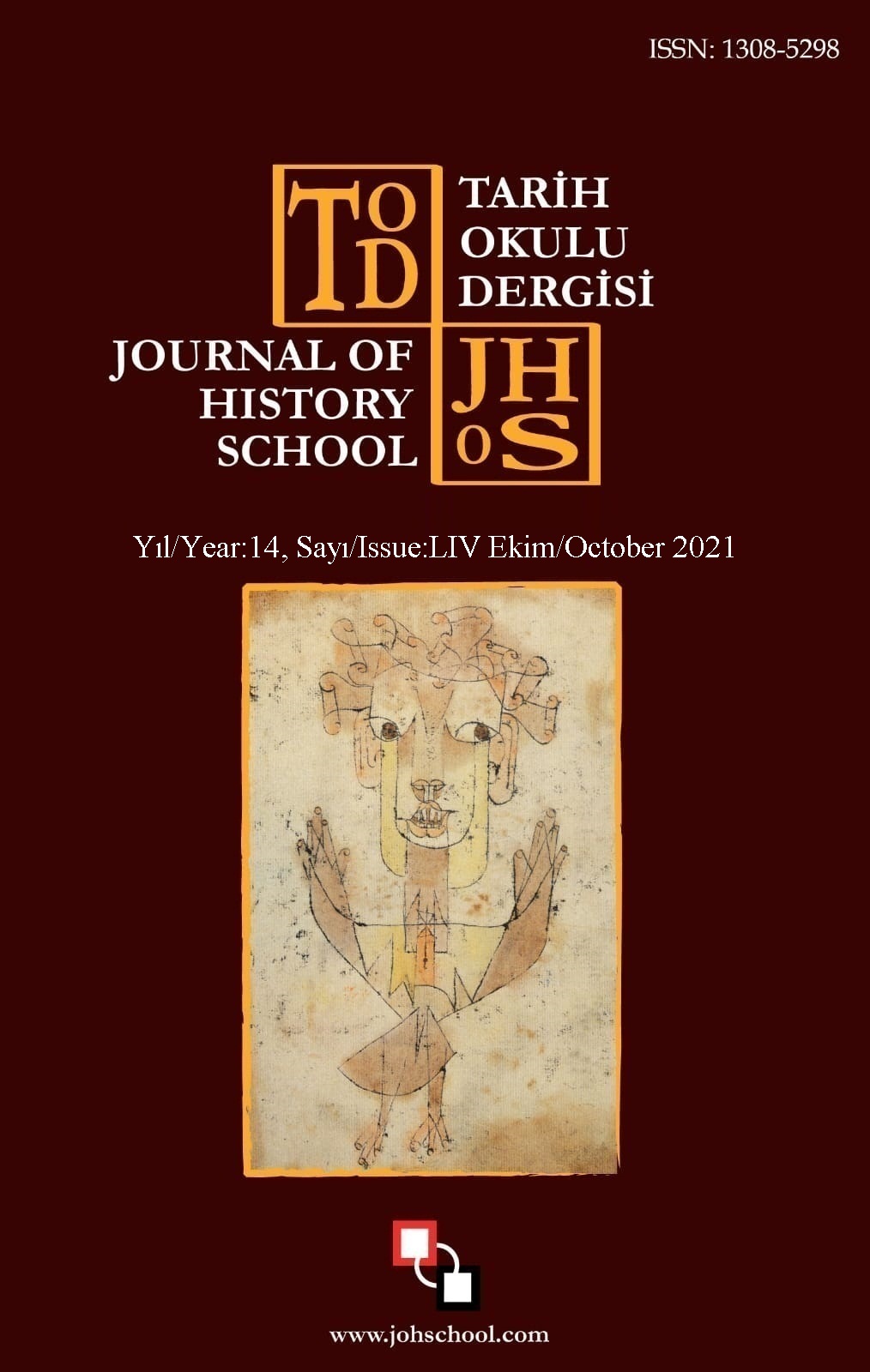Author :
Abstract
Golos iskelesi, XVIII. yüzyılda Teselya ovasının hububatını İstanbul’a ulaştırılmasını sağlayan önemli bir transfer noktasıydı. Bu transferi sağlayanlar Akdeniz’de artan ticarî faaliyetleri ile müstemenlerdi. Müstemenler, devlet eliyle satın alınan ürünleri Tersâne-i Âmire ambarlarına getirmekteydi. Burası ülkenin dört bir tarafından devlet eliyle satın alınan hububatın birbiriyle karıştırılmadan depolandığı bir ihtiyat ambarıydı. Tersâne ambarında depolanan ürünler; İstanbul ahalisine, saraylara, seferlere ve tersâne içinde bulunan fırınlara dağıtılmaktaydı. Golos’tan gelen hububat içinde özellikle buğday önemliydi. Bu ürün Sultan imaretlerine, Matbah-ı Âmire’ye ve gerektiğinde habbazan sınıfına satılmaktaydı. Çalışma, Tersâne-i Âmire ambarlarına Golos iskelesinden gelen zahire, zahire mubayaasında uygulanan usuller, burada söz sahibi tüccar ve Golos hububatının nerelere satıldığı bilgisini konu etmektedir. Bu vesile ile söz konusu yüzyılda herhangi bir çalışmaya konu olmamış tersâne ambarı ve Golos iskelesinin ilişkisi; hububat eksenli olarak ortaya konulmakta, iskeleden tersâneye getirilen buğdayın zengin sofraların yiyeceği olduğu iddiasında bulunmaktadır.
Keywords
Abstract
The wharf of Volos was an important transfer point that enabled shipping of the grain of the Thessalian plain to Istanbul in the 18th century. Those who carried out this transfer were mustamins (those who were granted a temporary pledge of security), who were becoming gradually more involved in Mediterranean trade. Products purchased by the State were brought to the granaries of the Imperial Arsenal (Tersâne-i Âmire) by mustamins. The grain purchased by the State from various parts of the country were stored in these granaries without intermixing them. The products stored in the Arsenal’s granaries were distributed to the community of Istanbul, palaces, campaigns and the bakeries located inside the Arsenal. Wheat was the main grain brought from Volos and it was sold to Imperial imarets, the Imperial Kitchen and, when needed, bakers. The present study discusses the grain coming from the wharf of Volos to the granaries of the Imperial Arsenal, the methods used for purchase of grain, the tradesmen involved in this trade and purchasers of the Volos grain. In this context, the study reveals the grain-based relationship between the Arsenal granaries and the wharf of Volos, which has not been the subject of any other study for the respective century, and it argues that the wheat brought from the wharf to the Arsenal was a food item in the meals of the rich.





